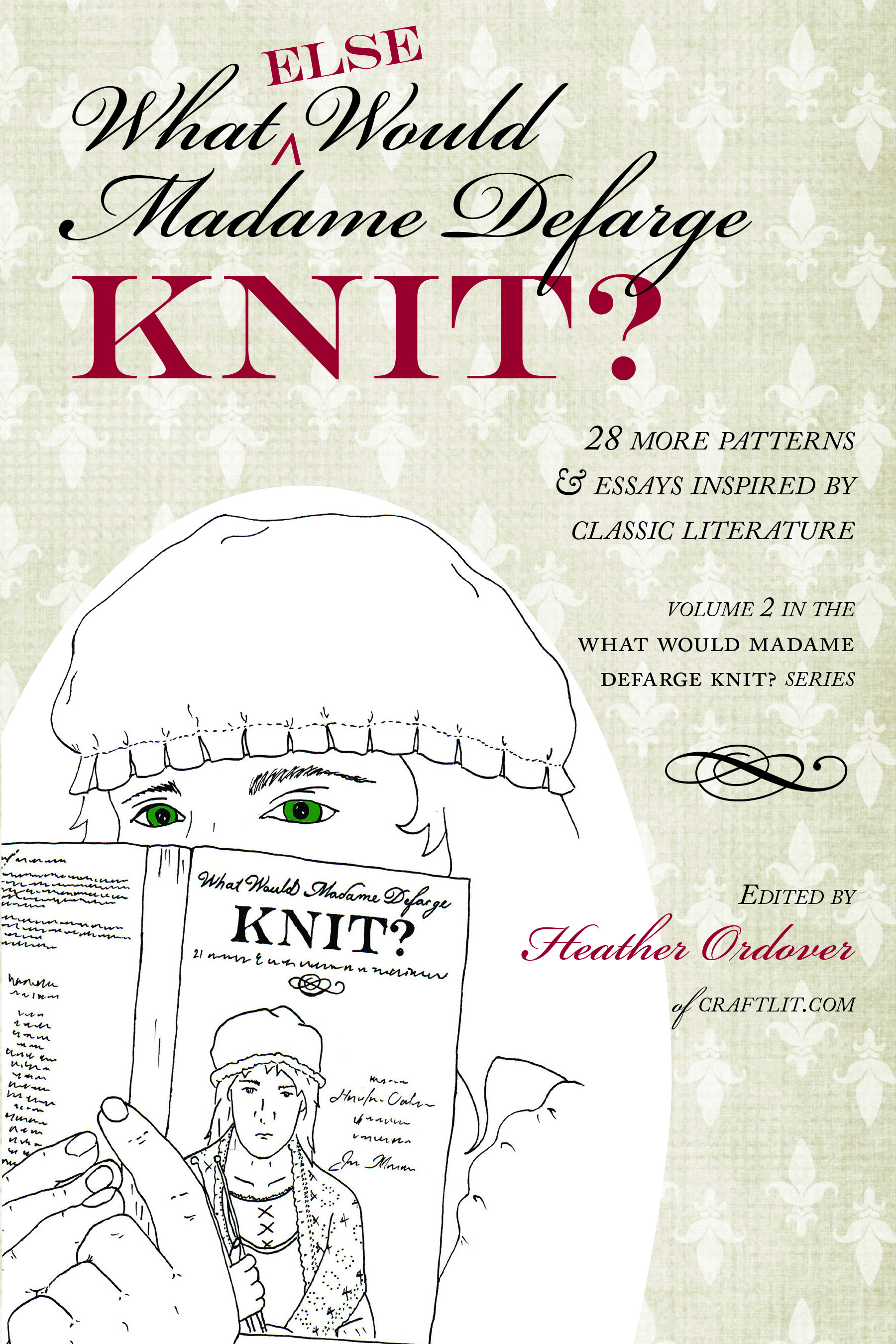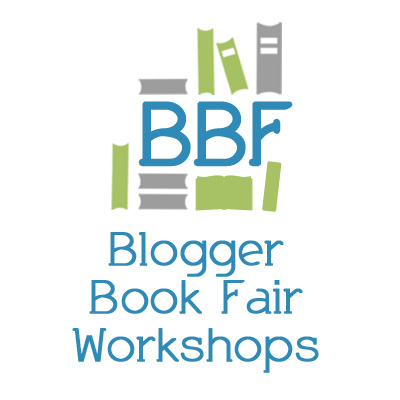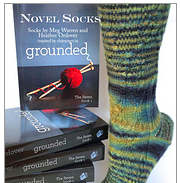Back a couple of years ago I recorded and posted here podcasts of A Christmas Carol and in the process I surprised myself. This phenomenon–which I have yet to name, feel free to take a stab in the comments–often happens to teachers. You know you like something, you decide to teach it, you suddenly start to discover WHY you liked it and how much more there is to it than you ever noticed before. That’s happened to me with every book I’ve done on CraftLit.
Even so, A Christmas Carol was different. It’s so ubiquitous this time of year, so everywhere, and we all think we know all the pieces so perfectly that we think we already know all of what Dickens’ did. But we don’t. We generally know the movies (an uneven history, that) but it is a completely different medium and there are simply some parts of a book that can never be transformed properly into a visual context.
Audio, however, well that’s a different story.
I recently had an interesting conversation with a friend who doesn’t think listening to audiobooks (regardless the quality of the reader) counts as reading because you’re relying on someone else to interpret the characters voices for you. My response was that after listening to endless hours of audiobooks in the last six-and-a-half years, I’ve learned that we audiobook folks can hear a misstep in textual interpretation the same way you can see/hear one on stage (Wow! Why was Hamlet naked in that scene with his mother?!) or in film (Wow! Why was 5’8″ Tom Cruise cast as 6’5″ blonde Jack Reacher?!).
And, in fact, Ehren Ziegler over at ChopBard and I were talking not long ago about how important, nay vital, a good reader is when dealing with older fiction and that it is perhaps less intrusive, and more organic to listen to these old stories, well-read, rather than being interrupted by the need to access endless footnotes.
It is indisputable that Hawthorne’s sentences look to the modern eye like massive run-ons and Swift’s prose uses terms and phrasings that are no longer easily accessible to our ears. I suppose it comes down to a difference between pleasure reading and study. For me, the best way to “pleasure read” an older book might be to listen to an expert reader do an excellent job. Whereas if I want to “study read” I would want an annotated copy of the book itself. And, of course, with CraftLit (and with ChopBard, for that matter) there’s the attempt to do both for our listeners.
So today I post here the original audio for A Christmas Carol. The iPhone/iTouch/Droid apps for CraftLit are now free in their respective Apple/Amazon stores so feel free to go and grab them and tomorrow I’ll post the Christmas Carol files there too (it’s an easy way to access the audio/video in a very portable way).
I know what I’ll be listening to while I work on Christmas dinner.
A Christmas Carol—in prose, being a ghost story of Christmas by Charles Dickens
Staves 1-2—Read by Glen Halstrom for Librivox
We offer: a video podcast you can watch here (see below), a video podcast you can put in your iTunes or on your iPod/iTouch/iPhone (right click here for downloadable video), or choose an audio file that can be played on any computer or mp3 player—right click here–>for downloadable audio
Stave 3—Read by Glen Halstrom for Librivox
Listen and watch Stave 3 with the mini-video podcast (see below) or download the video podcast to put into your iTunes or onto your iPod/iTouch/iPhone (right click here for downloadable video) or choose an audio file that can be played on any computer or mp3 player—right click here–>for the downloadable audio
Staves 4–5—Read by Glen Halstrom for Librivox
Listen and watch Stave 3 with the mini-video podcast (see below) or download the video podcast to put into your iTunes or onto your iPod/iTouch/iPhone (right click here for downloadable video) or choose an audio file that can be played on any computer or mp3 player—right click here–>for the downloadable audio

 MamaO is Heather Ordover, author, designer, mother and knitter... not necessarily in that order. You can get posts from this blog sent directly to your inbox by signing up below, Follow her on Twitter and Like her on Facebook if you're feeling friendly-like.
MamaO is Heather Ordover, author, designer, mother and knitter... not necessarily in that order. You can get posts from this blog sent directly to your inbox by signing up below, Follow her on Twitter and Like her on Facebook if you're feeling friendly-like.

























0 Visitor Comments
Trackbacks/Pingbacks